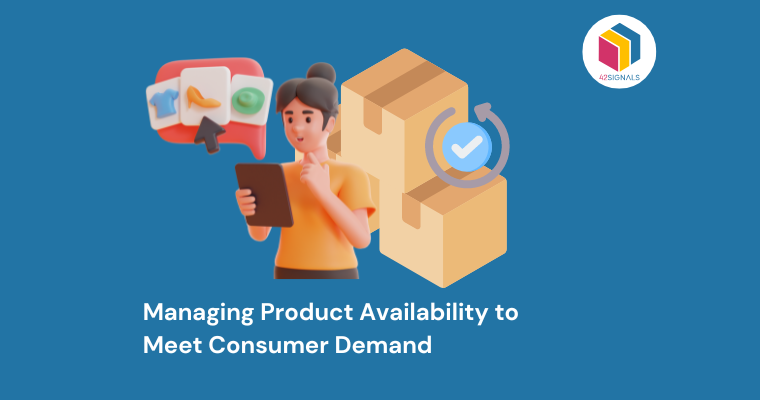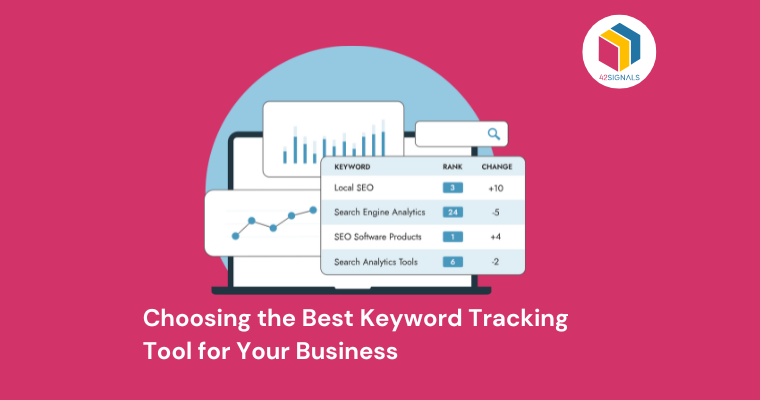Imagine you’re in a bustling supermarket, standing in front of the cereal aisle. Rows upon rows of colorful boxes vie for your attention. Some are prominently displayed at eye level, while others languish on lower shelves. Prices vary, and tiny tags display star ratings and customer reviews.
As a consumer, this array of options can be overwhelming. But, if you’re a brand looking to capture leads in a competitive market, this digital shelf is a goldmine of insights. Welcome to the world of Digital Shelf Analytics.
Image Source: https://www.sellerapp.com/
Competitive Advantage
Just like in a bustling supermarket, where products are strategically placed to catch your eye and tempt your purchase, the digital marketplace operates on a similar principle. In this vast digital aisle, brands vie for your attention, but not all positions are equal.
Just as some cereal boxes are prominently displayed at eye level while others are hidden on lower shelves, your product’s online positioning can make or break its success.
This is where the power of digital shelf analytics comes into play. It’s your tool to gain a competitive edge by understanding how your competitors position themselves in this virtual arena.
Let’s dive deeper into how this advantage can help you acquire valuable leads.
- Product Positioning: Analyze where your competitors’ products are placed on the digital shelf. Are they featured prominently on the homepage or buried deep within the website? Understanding this positioning helps you strategize how to make your products more visible.
- Pricing Strategies: Study the pricing strategies of your competitors. Are they undercutting the market, offering premium pricing, or using discounts strategically? This information allows you to adjust your pricing to remain competitive.
- Keyword Insights: Identify the keywords and phrases your competitors are using. These insights can guide your SEO and content marketing efforts to better reach your target audience.
- Product Assortment: Determine which products your competitors are prioritizing. Are there gaps in their offerings that you can exploit? Alternatively, are they dominating a specific product category you should avoid?
Voice of Customer Analytics
Think of digital shelf analytics as your magnifying glass, allowing you to scrutinize every move your competitors make in the digital supermarket. Just as you might analyze the assortment of cereals available – from brand names to generics – digital shelf analytics along with Voice of Customer analytics enables you to understand which products your competitors feature prominently, their pricing strategies, and even the keywords they use to attract attention.
It’s akin to discovering which cereals have the flashiest packaging, the best discounts, or the most persuasive claims. But Voice of Customer analytics goes beyond that; it also lets you listen in on what customers are saying about these products through customer reviews.
- Customer Reviews: Dive into customer reviews to understand the strengths and weaknesses of your competitors’ products. Use this feedback to refine your own offerings and address pain points.
- Customer Sentiment: Gauge the sentiment of customer reviews. Are customers generally satisfied, or do they express frustrations? Positive sentiment can inform your marketing messages, while negative sentiment can guide product improvements.
Image Source: https://www.profitero.com/
Tailoring Your Offering
Imagine you’re a cereal brand, and you’ve just analyzed your competitors in the cereal aisle. You’ve noticed that your rivals emphasize high prices and fancy packaging. In response, you decide to create a cereal that’s both budget-friendly and delicious, filling a gap you’ve identified.
This is exactly how digital shelf analytics empowers you to tailor your offering in the digital landscape. Armed with insights about your competitors’ products and customer sentiments, you can make strategic enhancements to your offerings.
Whether it’s adding features, improving quality, or adjusting pricing, your goal is to provide a product that stands out and addresses customer needs.
Crafting Persuasive Marketing Messages
Picture yourself back in the supermarket, now considering how to entice shoppers to choose your cereal. You know that your cereal is budget-friendly and delicious, but how do you communicate that effectively? This is where persuasive marketing messages come into play.
Similar to a physical store, your digital shelf presence needs to be accompanied by compelling messaging. By using digital shelf analytics to understand your competitors’ strengths and weaknesses, you can craft marketing messages that resonate with your target audience.
To convert leads into customers, your marketing messages must be persuasive and tailored:
- Unique Selling Proposition (USP): Highlight your unique strengths compared to competitors. Whether it’s exceptional quality, unbeatable prices, or outstanding customer service, your USP should shine through.
- Address Pain Points: Address the pain points customers have identified in competitor products. Show how your offering solves these issues and provides a superior experience.
Data-Driven Decision Making
In a dynamic marketplace, the ability to adapt and make data-driven decisions is paramount. Much like adjusting your cereal pricing based on market demand, digital shelf analytics equips you with real-time data to make informed decisions.
You can monitor market conditions, adjust pricing strategies, and allocate resources effectively. This agility ensures you remain competitive and agile, just like the cereal brand that stays attuned to shopper preferences and adapts its offerings accordingly.
Standing Out in a Crowded Marketplace
The digital shelf is crowded. Brands are constantly vying for the attention of consumers who have more options than ever before. To stand out, businesses need a deep understanding of their competitors.
By analyzing how your competitors position their products, what they charge, and what customers think, you can tailor your strategy to capture leads effectively. It’s not just about shouting louder; it’s about speaking the language your customers want to hear.
Conclusion
Digital Shelf Analytics isn’t a luxury for businesses anymore; it’s a necessity. It’s your secret weapon for lead acquisition. It provides you with valuable insights that enable you to strategically position your products, craft tailored and impactful messaging, and make informed, data-backed decisions that distinguish you from your competitors.
Are you ready to outsmart your competition in the digital marketplace? Wondering how to gain a competitive edge and capture valuable leads effectively? Contact us for the answers at sales@42signals.com today!





